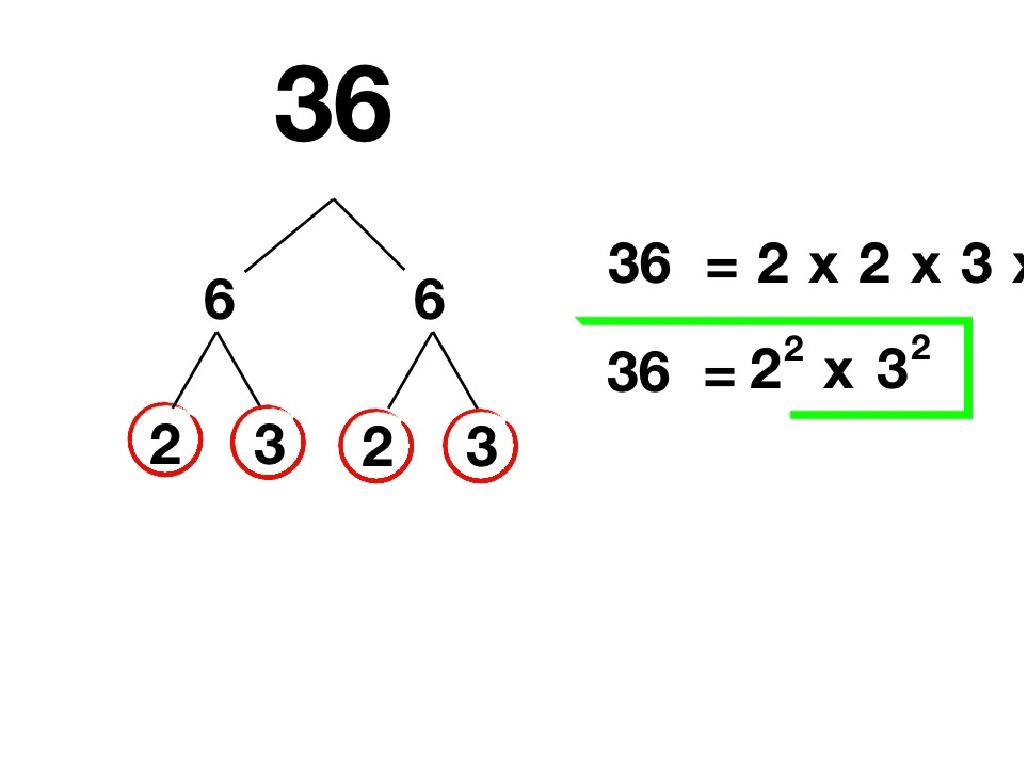Use Scientific Names To Classify Organisms
Subject: Science
Grade: Seventh grade
Topic: Classification And Scientific Names
Please LOG IN to download the presentation. Access is available to registered users only.
View More Content
Welcome to Scientific Classification!
– Importance of scientific names
– Scientific names provide a unique identifier for each species, avoiding confusion.
– Exploring life’s diversity
– Life on Earth is incredibly varied, from single-celled organisms to complex mammals.
– What is classification?
– Classification is the process of grouping organisms based on shared characteristics.
– Organizing living organisms
– It helps scientists communicate and study the relationships between different species.
|
This slide introduces students to the concept of scientific classification, which is a fundamental aspect of biology. Scientific names are crucial because they allow scientists from around the world to communicate clearly about species without language barriers. The diversity of life is vast, and classification helps us to understand and organize this complexity. By grouping organisms by their physical characteristics, behaviors, and genetic makeup, we can study their evolutionary relationships and ecological roles. Encourage students to think about why it might be important to have a universal system for naming organisms and how this might help in fields such as conservation, medicine, and research.
Understanding Scientific Names
– Define scientific names
– Unique names used by scientists for organisms
– Explore binomial nomenclature
– Two-part format: Genus species, e.g., Homo sapiens
– Examine examples of scientific names
– Human: Homo sapiens, Wolf: Canis lupus
– Significance in classification
– Ensures clear communication among scientists globally
|
This slide introduces the concept of scientific names and their importance in the classification of organisms. Scientific names, often in Latin, are unique identifiers for species, avoiding confusion caused by common names. Binomial nomenclature, developed by Carl Linnaeus, is the formal system of naming species with a two-part name: the first part indicating the genus and the second the specific species. Examples like Homo sapiens for humans and Canis lupus for wolves illustrate this system. Emphasize the global standardization that scientific names provide, allowing scientists from different regions and languages to communicate effectively about specific organisms.
The Father of Taxonomy: Carl Linnaeus
– Who was Carl Linnaeus?
– Swedish botanist, physician, and zoologist
– His role in classification
– Developed a method for naming, ranking, and classifying organisms
– Linnaean taxonomy system
– Consists of hierarchical categories like Kingdom, Phylum, Class, etc.
– Significance in biology
– Provides a universal language for scientists
|
Carl Linnaeus, a Swedish botanist, physician, and zoologist, is known as the Father of Taxonomy for his work in developing a system for naming, ranking, and classifying organisms. His system, known as the Linnaean taxonomy, organizes biological diversity into a hierarchy of Kingdom, Phylum, Class, Order, Family, Genus, and Species. This system is significant in biology as it provides a universal language for scientists around the world, allowing for clear communication and study of different species. Understanding this system is crucial for students as it forms the foundation of modern biological classification and biodiversity studies.
The Hierarchy of Biological Classification
– Classification levels: Kingdom to Species
– Broad to specific: Kingdom, Phylum, Class, Order, Family, Genus, Species
– Significance of each classification level
– Each level narrows down characteristics for more precise identification
– Understanding the hierarchy
– Organizes living organisms based on shared traits
– Scientific naming importance
– Binomial nomenclature gives unique names to species
|
This slide introduces the concept of biological classification, which is a systematic method of categorizing living organisms. There are seven main levels of classification, starting with the broadest category ‘Kingdom’ and narrowing down to the most specific ‘Species.’ Each level has its significance, providing scientists with a structured way to identify and place organisms in a hierarchy based on their physical and genetic similarities. Understanding this hierarchy is crucial for students as it forms the basis of biological organization and allows for clear communication among scientists. The use of scientific names, or binomial nomenclature, ensures that each organism is uniquely identified, avoiding confusion that may arise from common names.
The Importance of Scientific Names
– Avoid common name confusion
– Common names vary by region and language, leading to misunderstandings.
– Universal language for scientists
– Scientific names provide a standardized nomenclature for all scientists.
– Consistent classification globally
– Scientific classification remains the same in every country.
– Facilitate accurate communication
– Helps in research and data sharing across the world.
|
This slide aims to explain why scientific names are crucial in the classification of organisms. Common names can be misleading because they often vary widely from one place to another and can refer to multiple species. Scientific names, on the other hand, are unique to each species and are recognized internationally, which helps scientists from different regions and languages communicate more effectively. Consistency is key in scientific classification, and using a universal system allows for accurate and efficient information exchange, research collaboration, and data analysis across the globe. Encourage students to think of examples where a common name might refer to different species in different places, and how scientific names can resolve that confusion.
Writing Scientific Names Correctly
– Start with the Genus name
– Genus name is always capitalized
– Follow with the Species name
– Species name is always in lowercase
– Both names should be italicized
– This formatting helps distinguish scientific names from other text
– Example: Homo sapiens for humans
– ‘Homo’ is the genus, and ‘sapiens’ is the species
|
This slide introduces the proper way to write scientific names, which is crucial for the classification of organisms. The genus name, which is the first part of the scientific name, is always capitalized and italicized. The species name, the second part, is always in lowercase and italicized. This standard format is used by scientists worldwide to avoid confusion. An example is provided with the scientific name for humans, Homo sapiens, to illustrate the concept. Encourage students to practice writing scientific names and to pay attention to the formatting, as it is an important convention in scientific communication.
Classifying Organisms Activity
– Practice organism classification
– Assign scientific names
– Use binomial nomenclature rules
– Group activity: Taxonomic levels
– Organize organisms by kingdom, phylum, class, etc.
– Share and discuss findings
|
This slide introduces an interactive class activity focused on classifying organisms using scientific names. Students will apply their knowledge of binomial nomenclature and taxonomic hierarchy to assign appropriate names and categories to a set of provided organisms. Divide the class into small groups and provide each with a list of organisms to classify. Encourage collaboration and discussion within groups to determine the correct classification. After the activity, have each group share their classifications with the class to compare results and reinforce the learning objectives. Possible activities include classifying local wildlife, categorizing pictures of organisms, or using descriptions to determine scientific names.
Review and Reflection: Scientific Naming
– Recap of today’s lesson
– Significance of scientific names
– Universal language for scientists
– Share a new learning
– Each student shares one new fact they learned
– Reflect on the knowledge gained
– Understanding how classification aids in studying biology
|
This slide aims to consolidate the knowledge students have acquired about the use of scientific names in classifying organisms. Begin by summarizing the key points covered in the lesson, emphasizing the importance of a standardized naming system in the scientific community. Discuss how scientific names avoid confusion caused by common names and allow for precise communication among scientists worldwide. Encourage each student to share one new thing they learned, fostering an environment of sharing and reflection. Conclude by reflecting on how the classification system and scientific naming are crucial tools for biologists to organize and understand the vast diversity of life on Earth.
Class Activity: Create Your Own Species
– Invent a unique organism
– Assign a scientific name
– Use binomial nomenclature: Genus species
– Classify your organism
– Kingdom, Phylum, Class, Order, Family, Genus, Species
– Prepare a class presentation
|
This activity is designed to help students apply their knowledge of classification and scientific naming. Students will use their creativity to invent a new organism, considering its habitat, diet, and other characteristics. They will then give it a scientific name following the binomial nomenclature system, which consists of a genus name followed by a species name. Students should also classify their organism by placing it in the appropriate kingdom, phylum, class, order, family, genus, and species categories. Finally, they will prepare a short presentation to share their organism and its classification with the class. This will reinforce their understanding of taxonomy and the importance of scientific names in biology. Provide guidance on how to create a scientific name, ensuring it sounds plausible and follows the linguistic rules of taxonomy.





